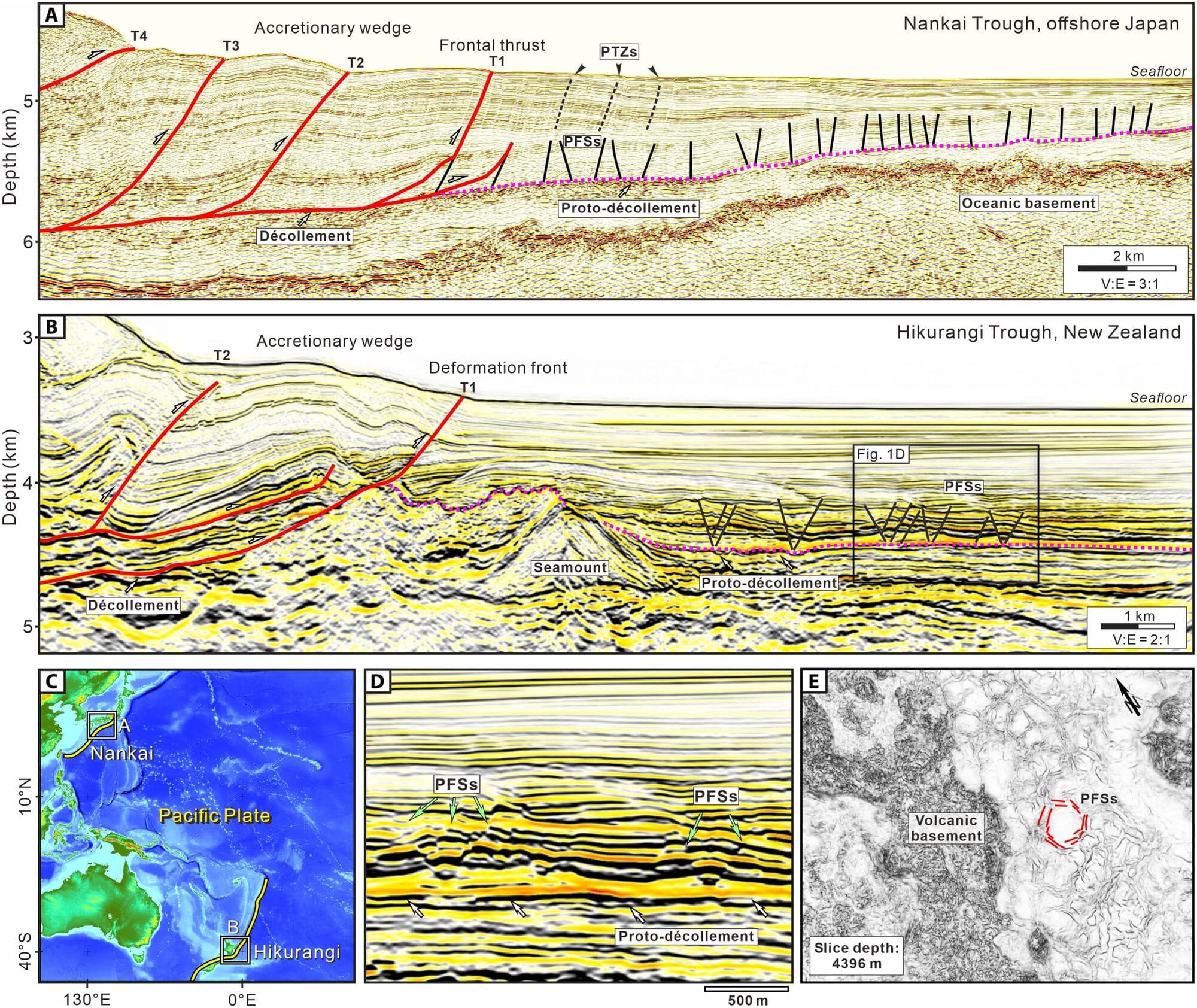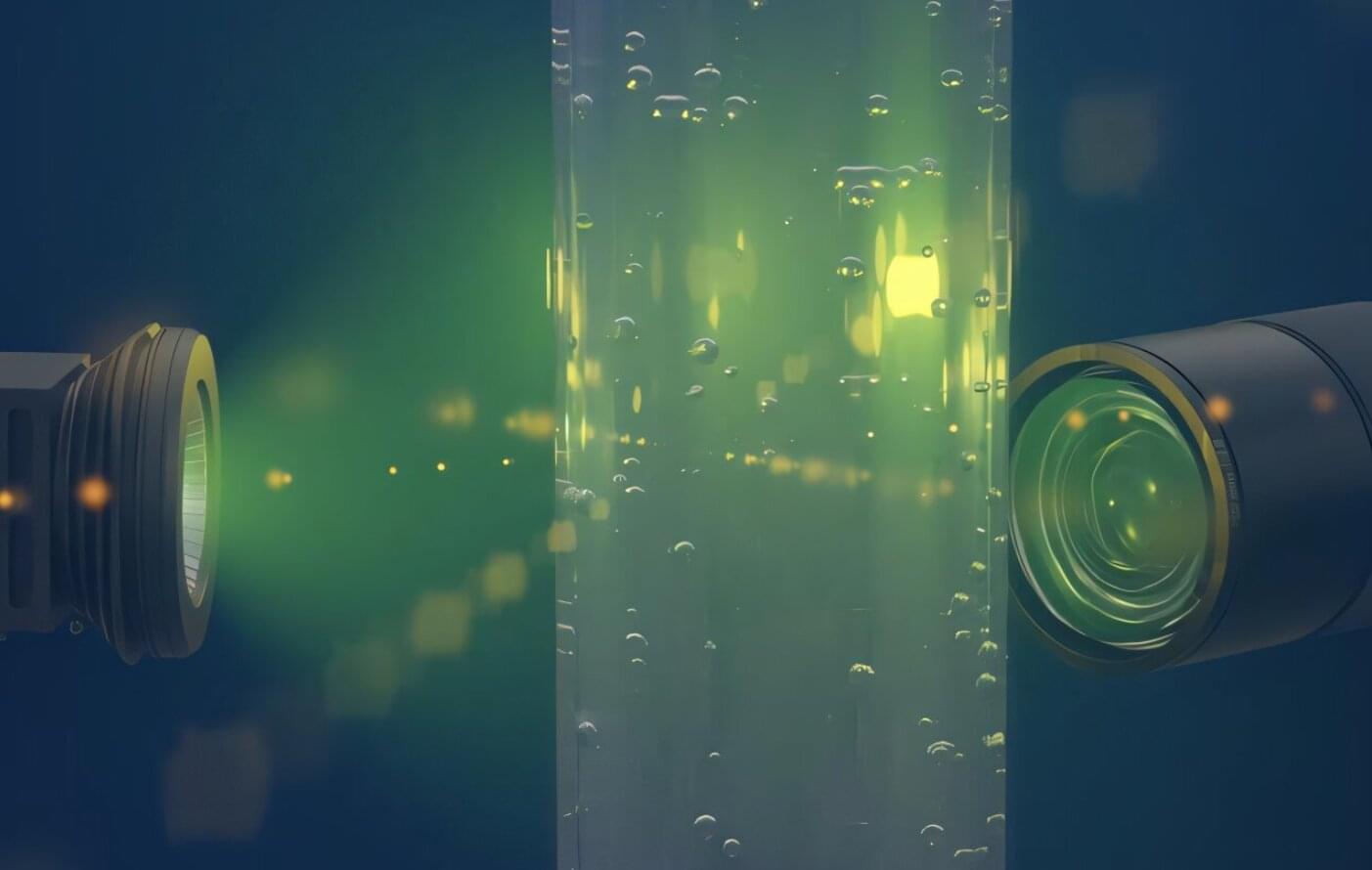Open, Production-ready Enterprise Models. Nvidia Open Model license.


FutureAzA

Scientists have uncovered a key piece of the puzzle behind the unusual “slow earthquakes” occurring off the east coast of New Zealand’s North Island.
A new international study, published in Science Advances, identifies hidden fault structures called polygonal fault systems (PFSs) as a major influence on the behavior of the northern Hikurangi subduction zone.
These shallow geological features, found in sediments entering the subduction zone, appear to play a critical role in where and how slow slip earthquakes occur.

Structured illumination microscopy (SIM) is the most preferable system for live-cell super-resolution imaging. It enables the observation of intricate subcellular dynamics. However, conventional SIM has long relied on the complex rotation of one-dimensional stripe illumination at three angles, requiring nine exposures to reconstruct a uniform super-resolution image. This greatly hinders imaging speed and causes unnecessary photobleaching, limiting the available information flux in live-cell imaging.
Professor Xi Peng’s team from the College of Future Technology at Peking University has developed a triangle-beam interference SIM (3I-SIM) that enables gentler, sustained super-resolution live-cell imaging. This novel method upgrades the super-resolution imaging to an unprecedented kilo-Hz speed and half-day-long duration, enabling the study of complex and rapid biological processes with higher data throughput.
The work is published in Nature Photonics.

The Electric Viking


